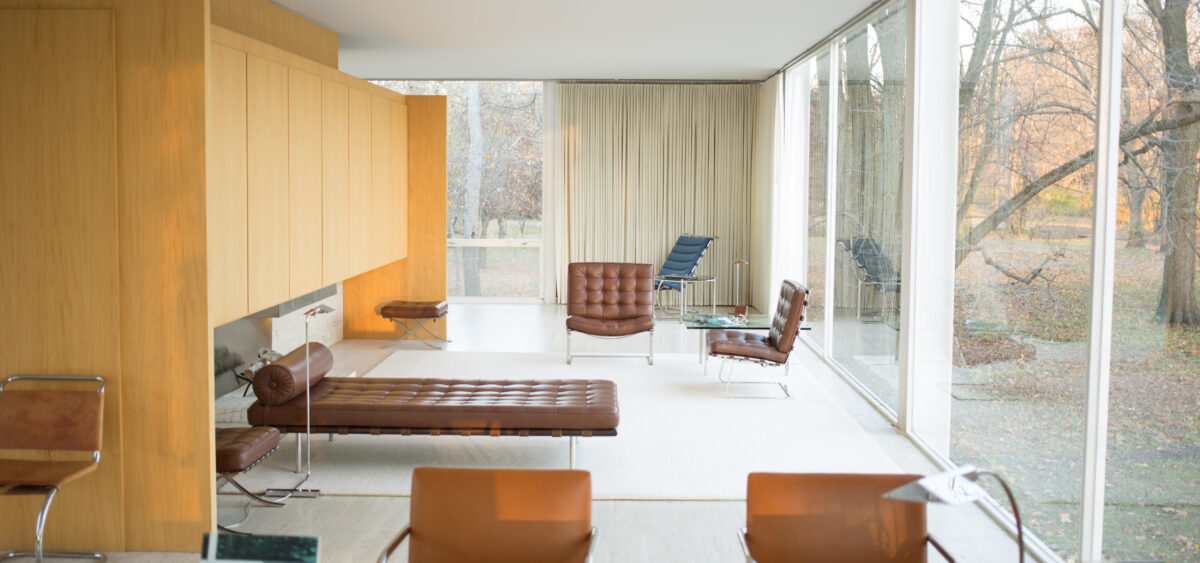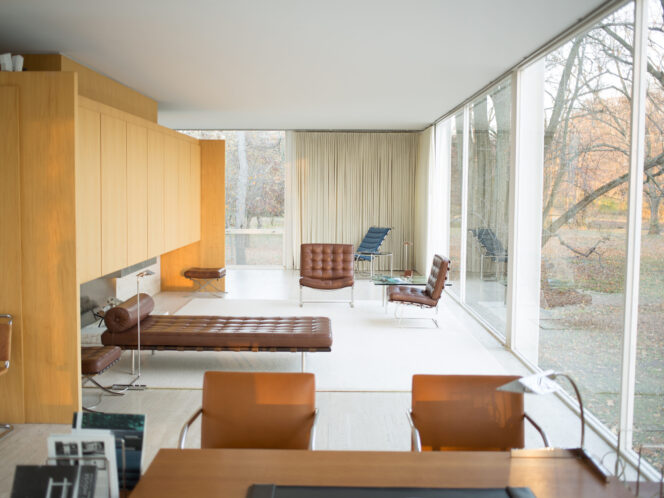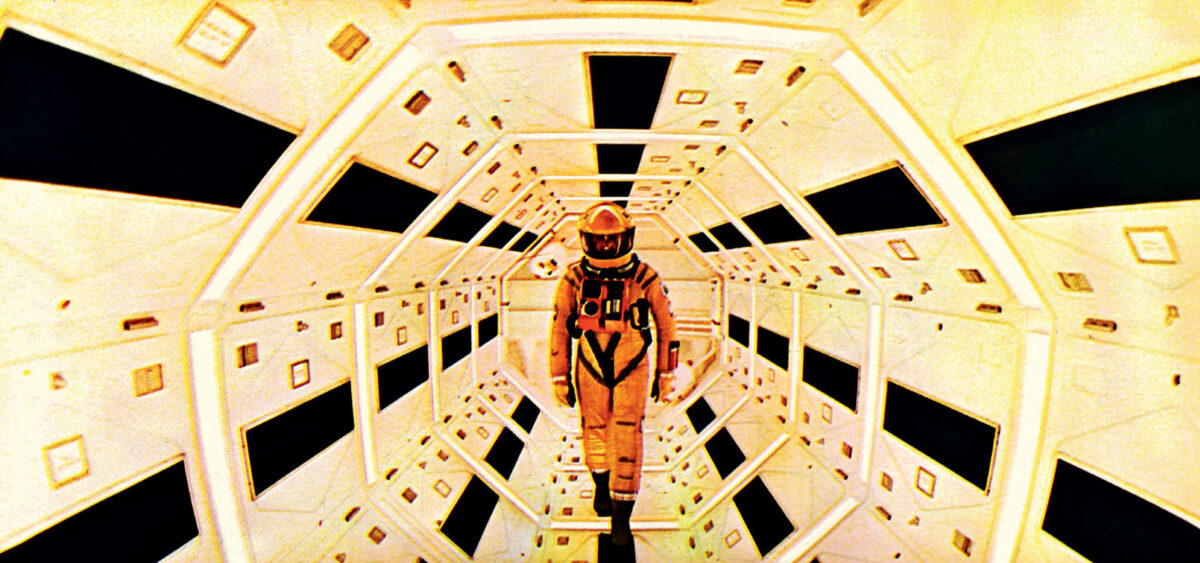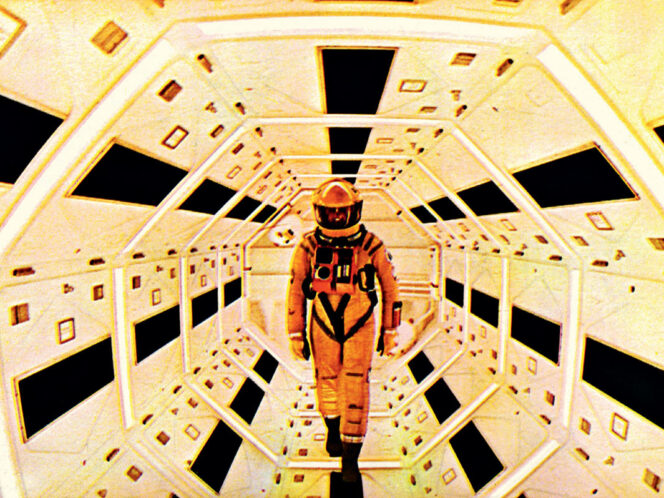
Pier Vittorio Aureli is an Italian architect, lecturer, and intellectual. He tells Zygmunt Borawski why contemporary minimalism can be compared to lubricants, and where the frugality fad in architecture comes from.
Zygmunt Borawski: Your book on minimalism has an intriguing title: Less is Enough.
Pier Vittorio Aureli: It’s a provocation. I paraphrased the saying “less is more”, attributed to the German architect Ludwig Mies van der Rohe. And he borrowed it from the English poet Robert Browning to describe his work ethos, founded on the idea of constant reduction.
“Less is more” became a motto of many architects after the financial crisis. It was used by the Italian architect and city planner Stefano Boeri, who wanted to communicate that from now on, we need to work very hard to create even more with even fewer resources; to make more for less. But Mies meant something completely different! He wanted to draw attention to an ethos of work that we so often reject in today’s world. Instead, his slogan became an ideological explanation for the economic situation.
The concept of austerity politics poses an interesting paradox. On the one hand, we are encouraged to save, but on the other, the whole world is trying to push us toward endless consumption. We keep talking about saving money, but we can’t live without a credit card. It’s consumption and debt that is becoming a real problem. My title—Less is Enough—was an attempt to bring us back to Mies’s idea by saying: “No! Less does not mean more, it means just enough.” It’s also a way of criticizing superficial economic sacrifices and the fake moralism that keeps pushing us towards the ceaseless accumulation of goods.
Do we live in times of austerity?
That’s a lie the media is feeding us. The real problem is debt,








